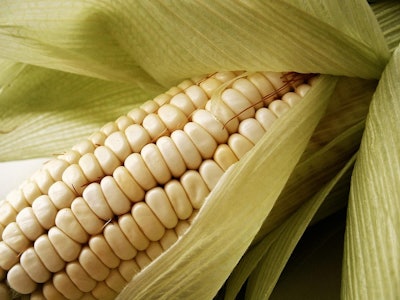
A key crop for human consumption and animal feed in Kenya, corn is in short supply in the East African state, and farmers are struggling to pay the resulting high prices of compound feeds.
Livestock feed prices are already at their highest levels in three years, and are forecast to rise even higher in the coming weeks, reports Business Daily.
In the previous week alone, prices for feeds were up by KES300 (US$2.96) per 70-kg bag, pushing chick mash up to KES3,600, grower meal to KES3,100, and dairy feed to KES4,500.
The increase is attributed to a shortage of corn in the country, according to the feed manufacturers’ association, AKEFEMA. It says a 90-kg bag now costs KES3,200 (around US$350 per metric ton), which compares to the normal level of KES2,200.
Concerned about the spiraling cost of corn — which makes up around 80 percent of feeds — AKEFEMA has called on the government to remove the duty on imported yellow corn for livestock feeds, at least by issuing permits for selected companies to bring in this important feed ingredient. According to the association, this would relieve the market situation where the food and animal feeds are in competition for domestic white corn.
To ease the supply situation, the government has agreed to release some of the 21 million bags of corn in storage. This is white corn, so its increased supply will help to lower the price of flour for food purposes.
However, the government’s move will do little to improve the situation for the livestock sector being faced with high and rising feed costs.
The corn shortage in Kenya is reported to have a several causes, including recent drought conditions, breakdowns in large irrigation systems and reduced government subsidies for fertilizer use.
Domestic production of white corn in Kenya barely covers the requirements by the food sector. Other uses — including for livestock feeds — without the option to import further supplies is putting the market under increasing strain.
In its latest bulletin on crop conditions in March, the Ministry of Agriculture, Livestock, Fisheries and Irrigation reports that prices of corn, beans and wheat remain stable, with some markets showing a “slight increase.”
Drought conditions in much of the country have been prolonged by the late arrival of this year’s long rains, according to the Ministry, and it warns that the potentially devastating pest, fall armyworm, has been observed in some areas.

















